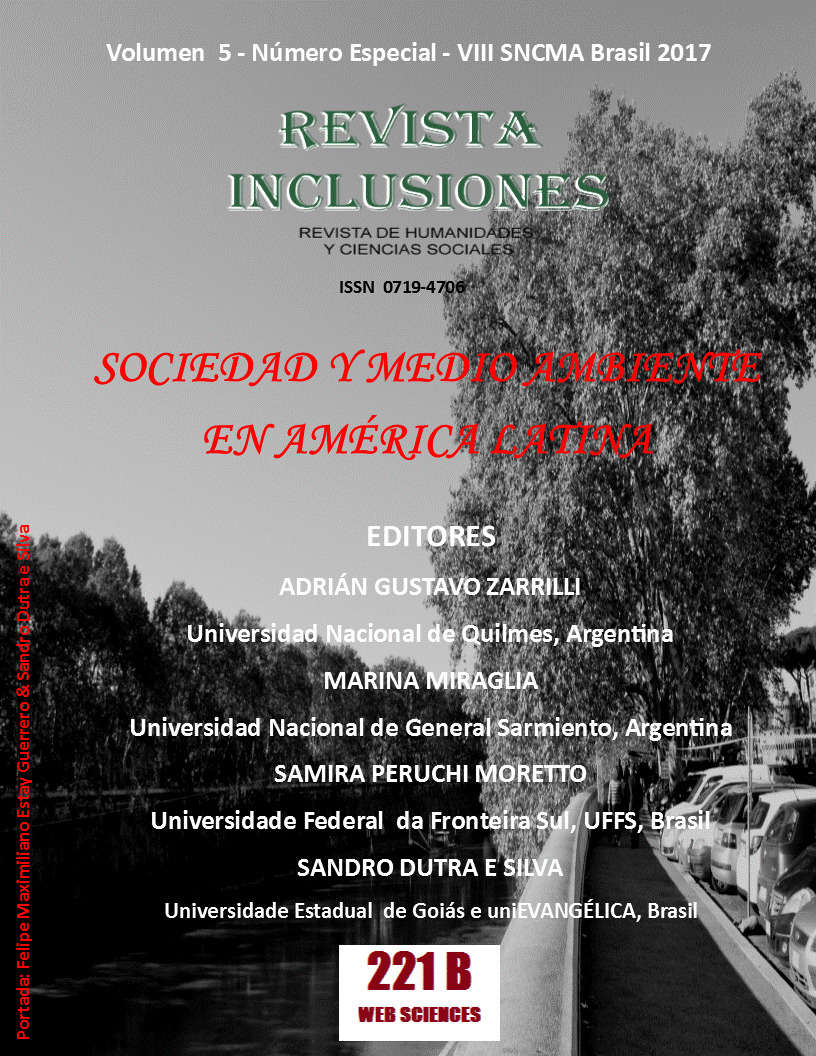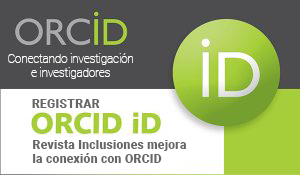GOIÂNIA AND THE BRAZILIAN WESTERN URBANIZATION: DEMOGRAPHY, AGRICULTURAL FRONTIER AND NATURAL RESOURCES
Keywords:
Urbanization, Social history, EnvironmentAbstract
This article intends to analyze, from theoretical and methodological assumptions of environmental history, the transformation of nature and the potential of the city of Goiânia. Created in the 1930‟s under the regency of the Vargas‟s Estado Novo, the new capital of the state of Goiás arises from the effort of intervenor Pedro Ludovico Teixeira in transferring the seat of local government. In this context, natural wealth ends up serving as a justification for the emergence of a "modern metropolis" capable of boosting local trade relations with brazilian large consumer centers. The project of the architect and urbanist Attilio Corrêa Lima is highlighted, using the knowledge that he acquired from French urbanism. Even during the construction of the city, the initial plans are abandoned and, from the 1950‟s onwards, a more pronounced growth began due to the arrival of the railway and the construction of hydroelectric plants nearby.
Published
How to Cite
Issue
Section

This work is licensed under a Creative Commons Attribution-NonCommercial 4.0 International License.
Los autores retienen los derechos de autor y otorgan a Revista Inclusiones el derecho de publicación bajo Creative Commons Attribution 4.0 International (CC BY 4.0). Esto permite el uso, distribución y reproducción en cualquier medio, siempre que se otorgue la debida atribución al autor.











